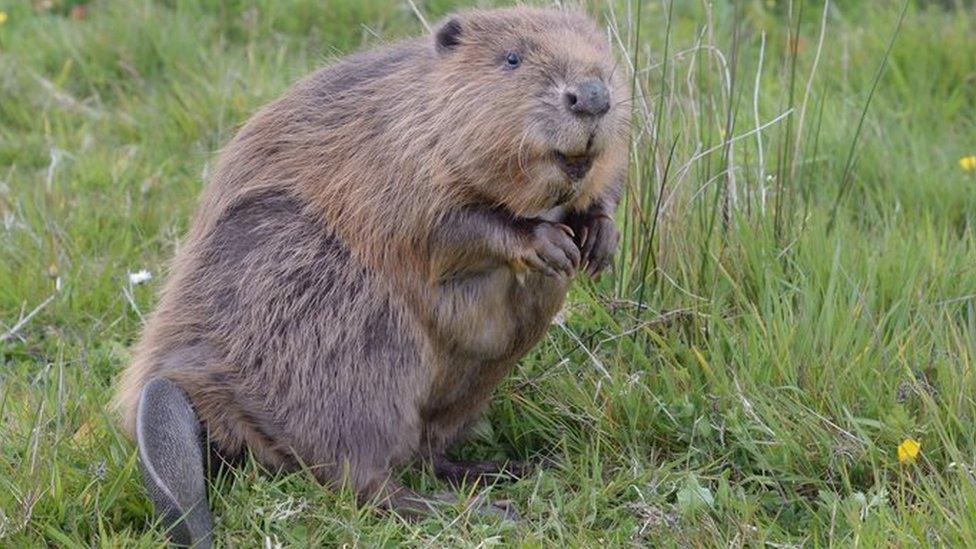Beavers helping to tackle flooding and biodiversity loss in Cornwall
- Published
- comments
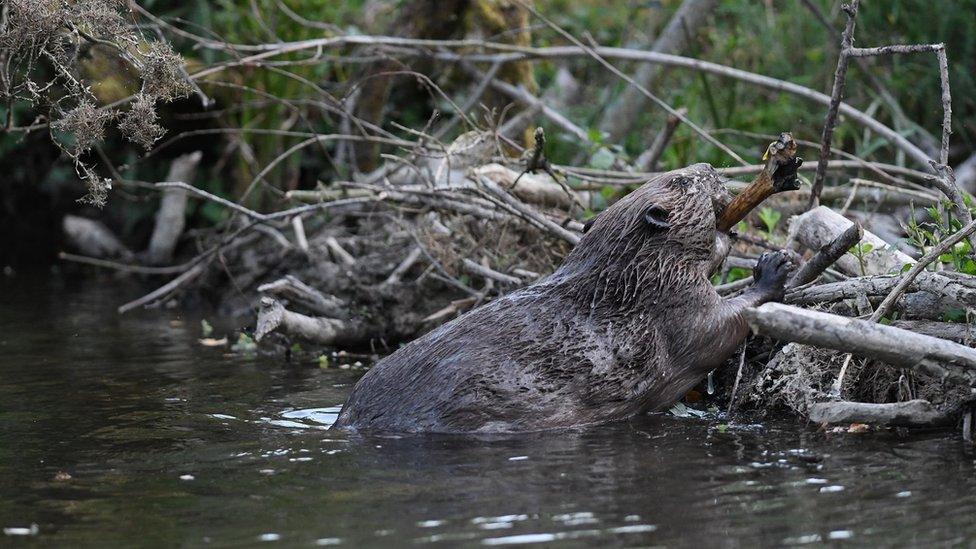
The beavers have reduced the risk of flooding by building dams
The introduction of beavers in Cornwall has had a positive effect on the local environment, according to experts.
The Cornwall Beaver Project started five years ago in Ladock, when two beavers were released into a special area of woodland.
Thirteen new bird and mammal species have now been sighted nearby, thanks to the animals.
Researchers found the beavers have also slowed the river flow and created habitats for other native species too.
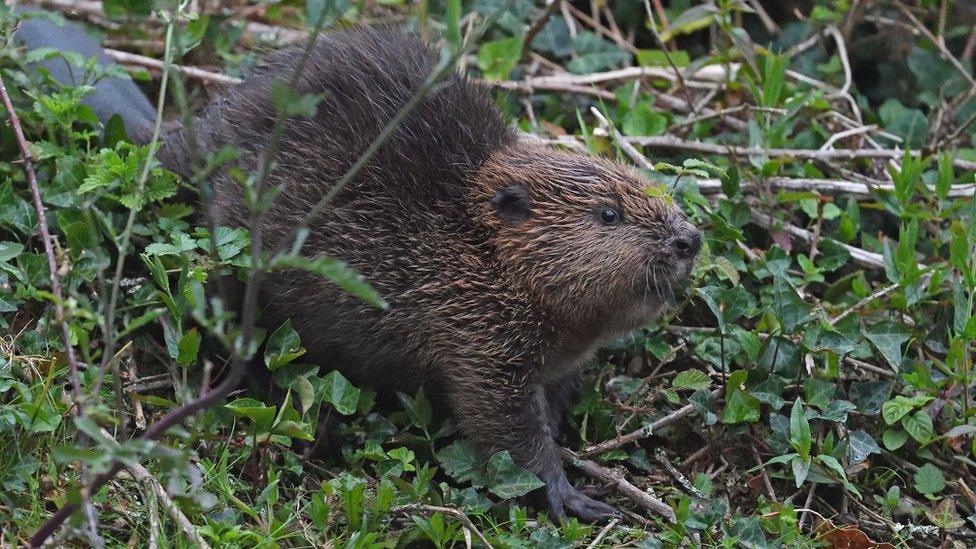
There are currently five beaver enclosures in Cornwall
The project started when one male and one female, named Chewy and Willow, were released into the five-acre farm enclosure in 2017.
The Cornwall Wildlife Trust says the landscape is now "completely unrecognisable from its initial state".
The Trust said that the beavers have created habitats for wild species including the willow tit and polecat.
In addition, local scientists from the University of Exeter have recorded big changes in water flow too, thanks to the site's dams and seven large ponds that have been formed.
Water now takes more than an hour to travel through the site, compared to just 15 minutes before the beavers were introduced to the area, reducing the risk of flooding in the local village.
Beavers are the second largest living rodent
Beavers form strong bonds and live in close, small family units
They will often store food underwater so they can get it if the water freezes over in the winter
Cheryl Marriott, head of conservation at Cornwall Wildlife Trust, said: "They've breathed new life into this habitat and their natural dam-building behaviour has delivered lots of benefits for both wildlife and people."
There are now five beaver enclosures located across Cornwall.
Cornwall Wildlife Trust say that it is looking at the possibility of reintroducing more beavers into the wild landscape, including at its Helman Tor nature reserve near Bodmin.
- Published13 July 2021
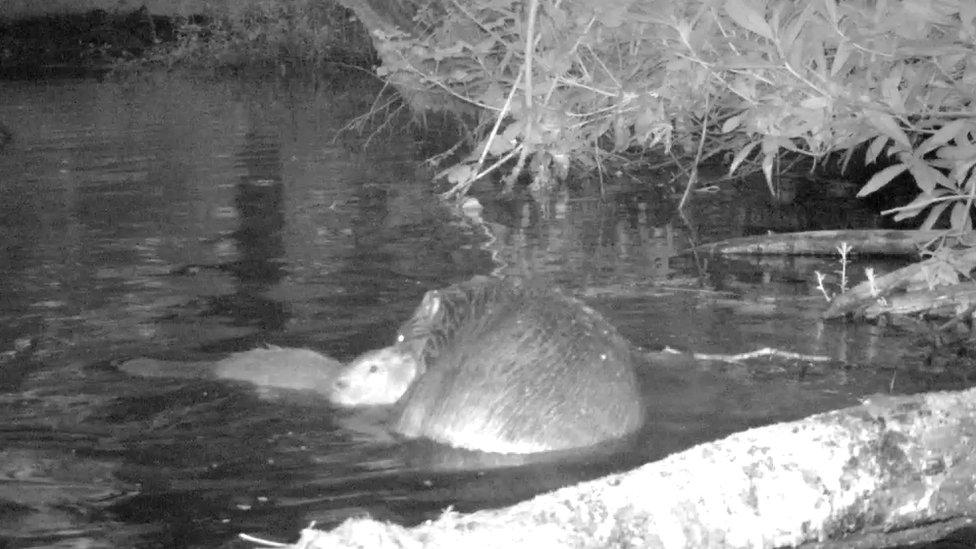
- Published20 November 2019
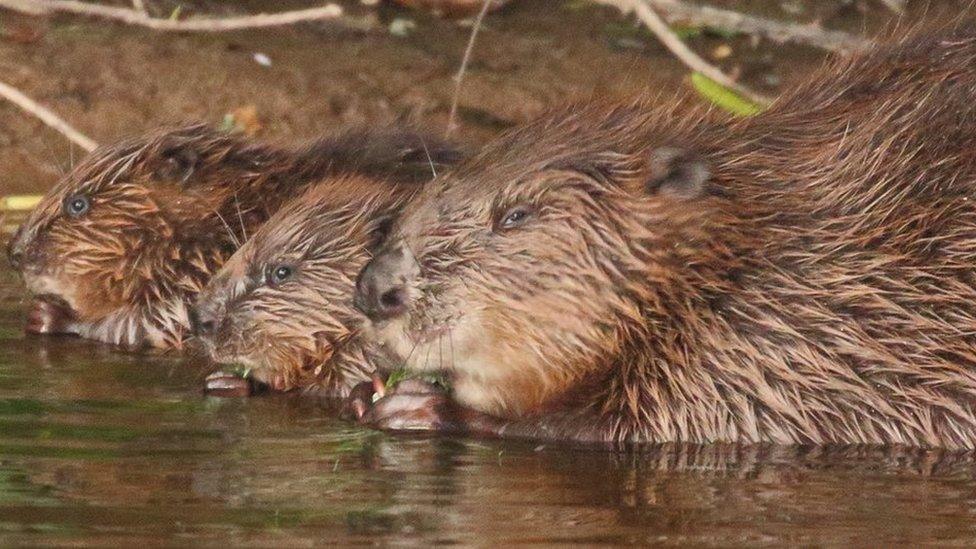
- Published28 October 2020
